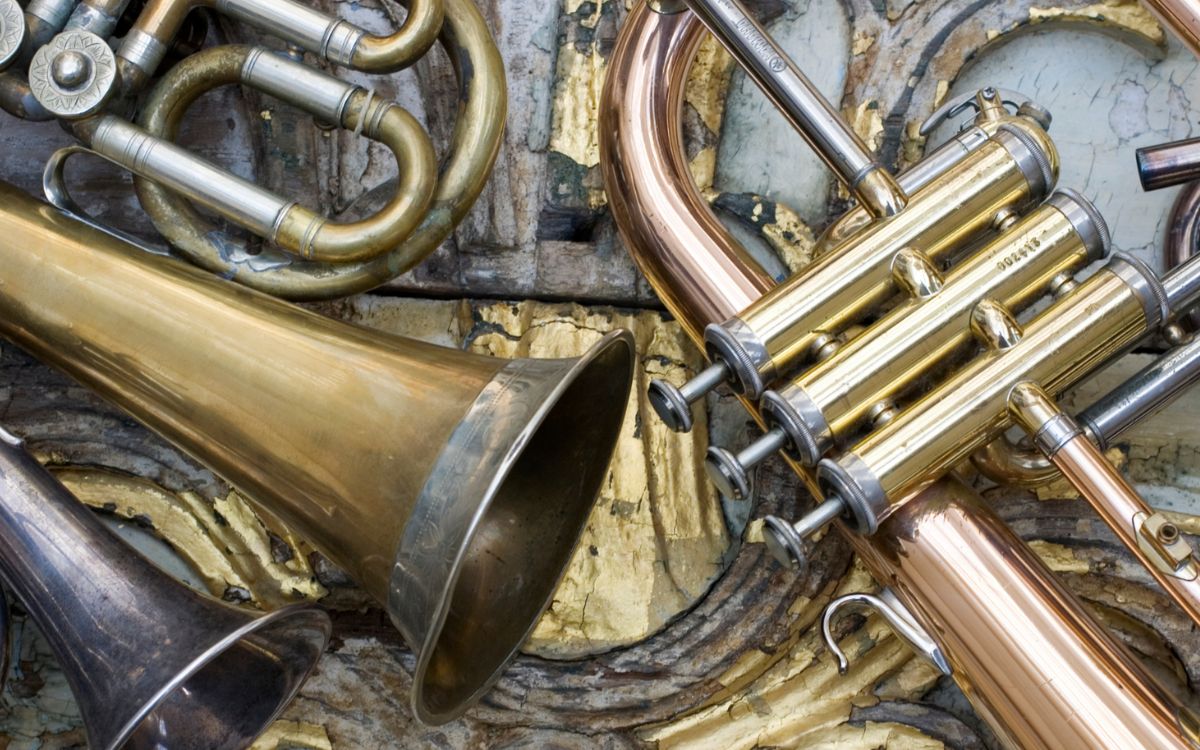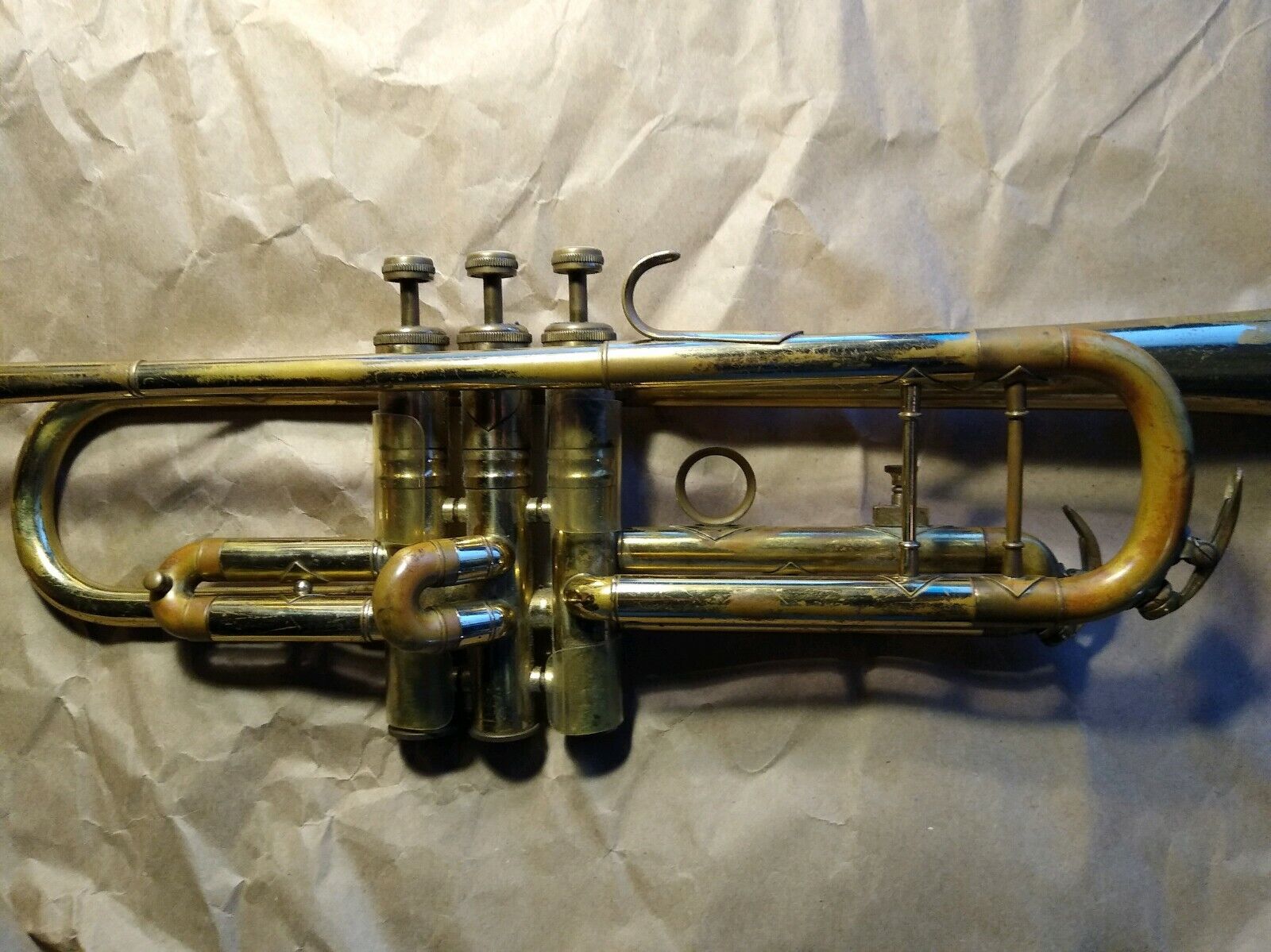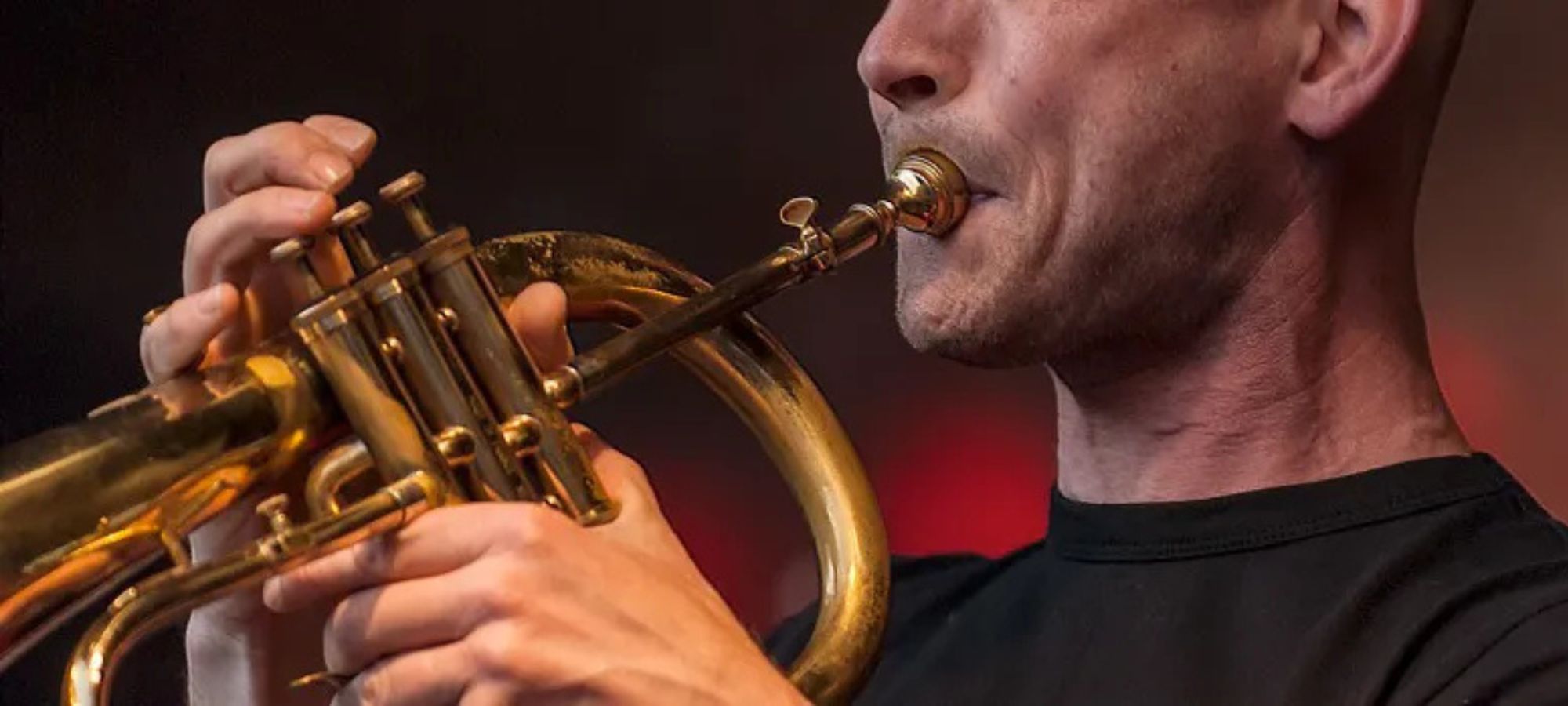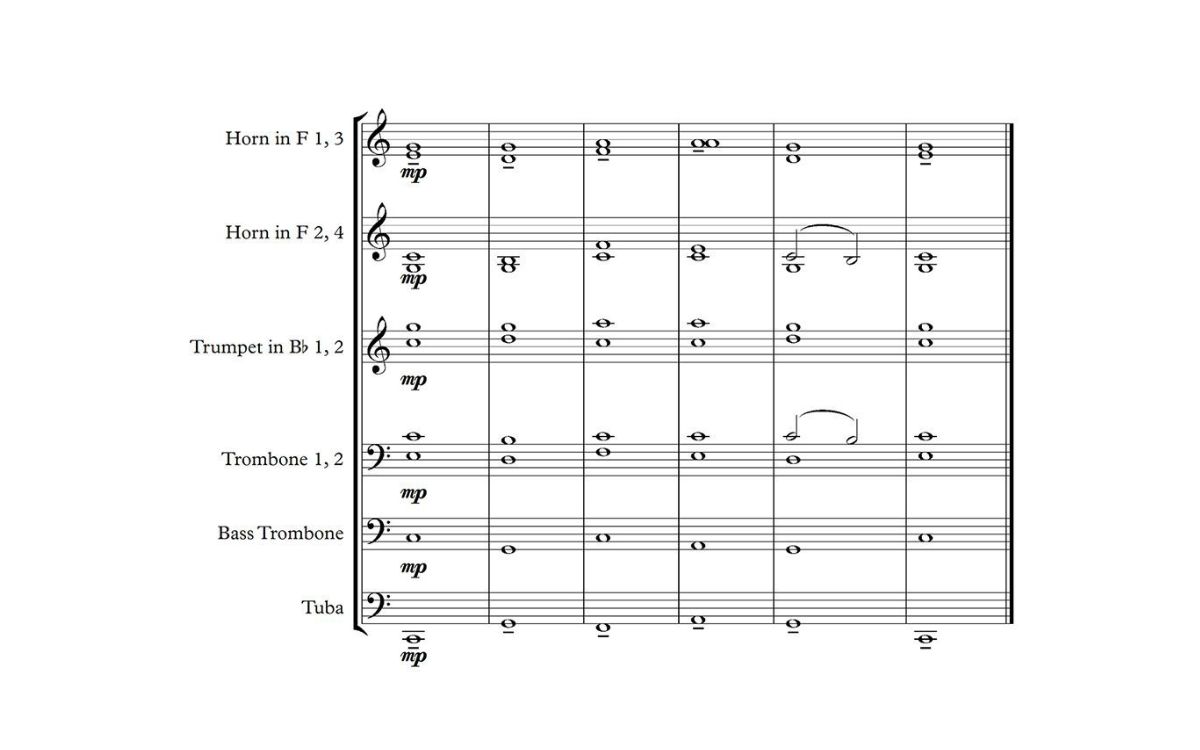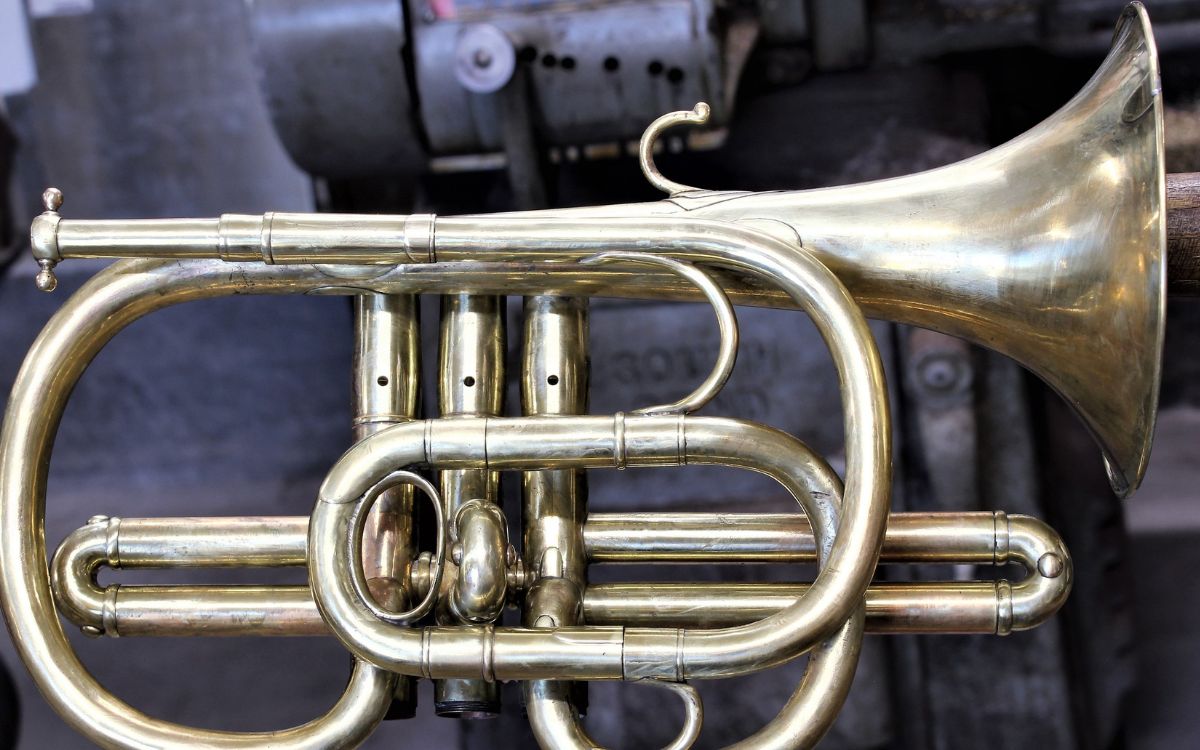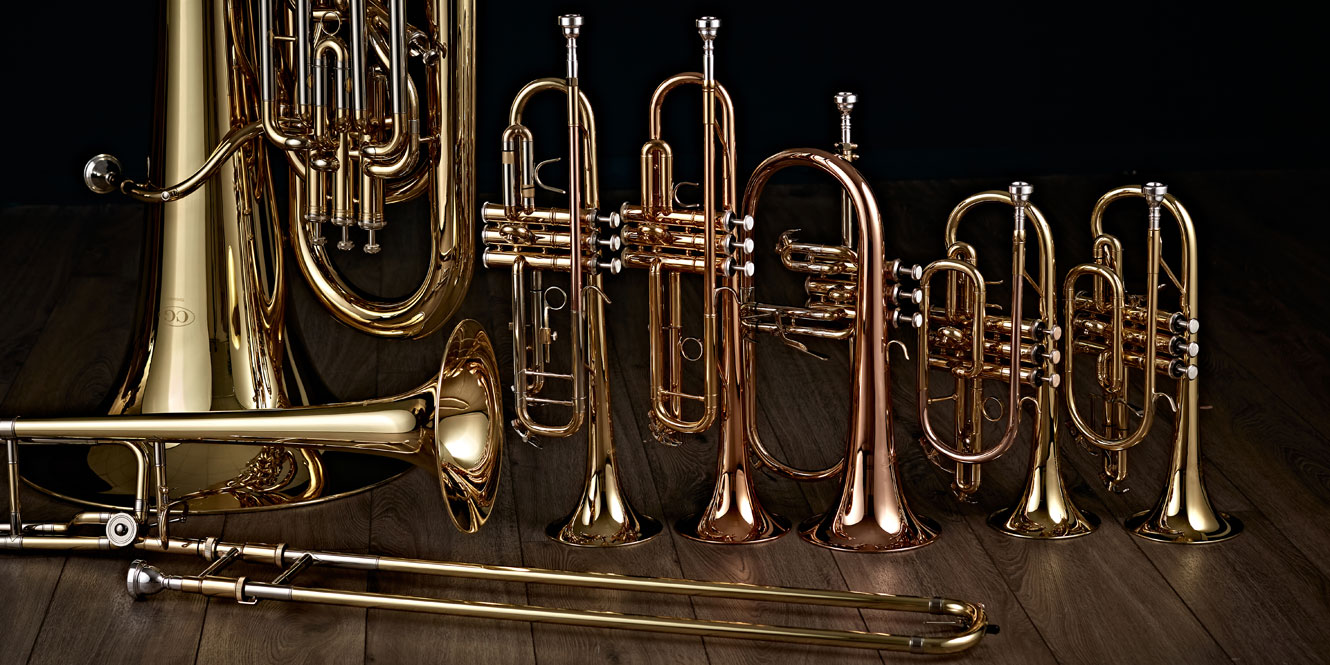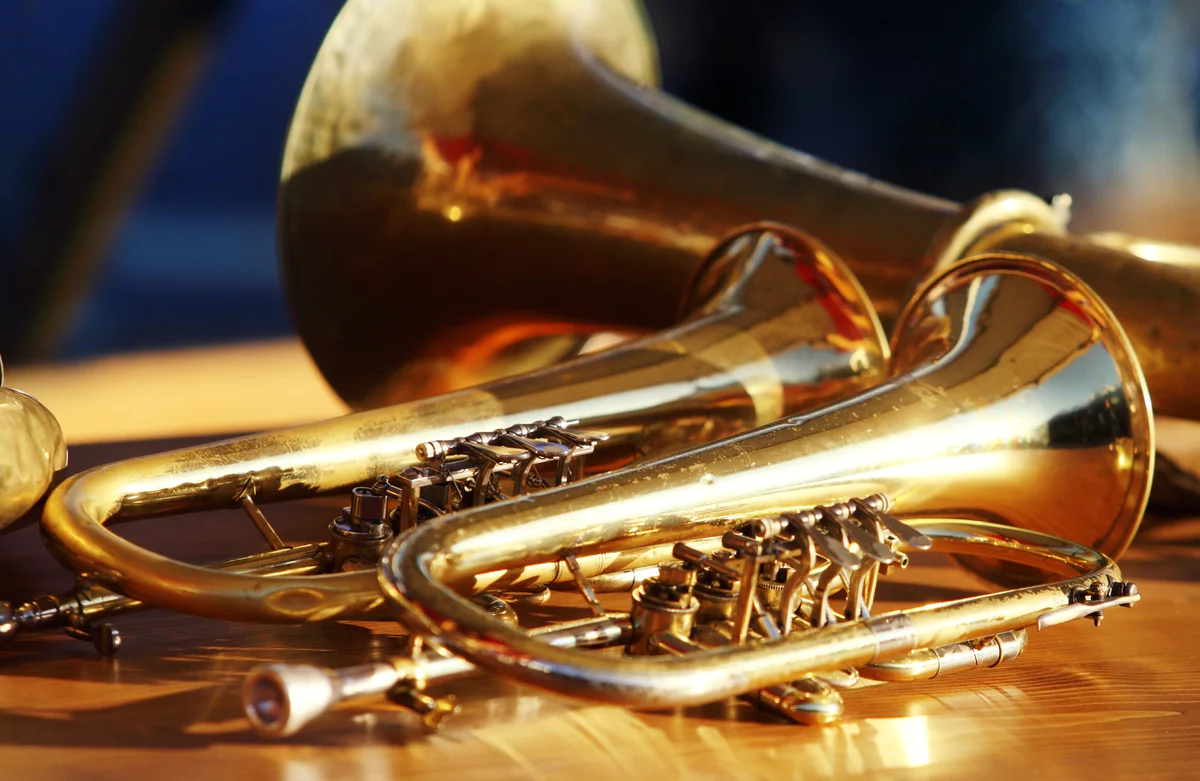Home>Instruments>Brass Instruments>How Many Valves Do Most Brass Instruments Have
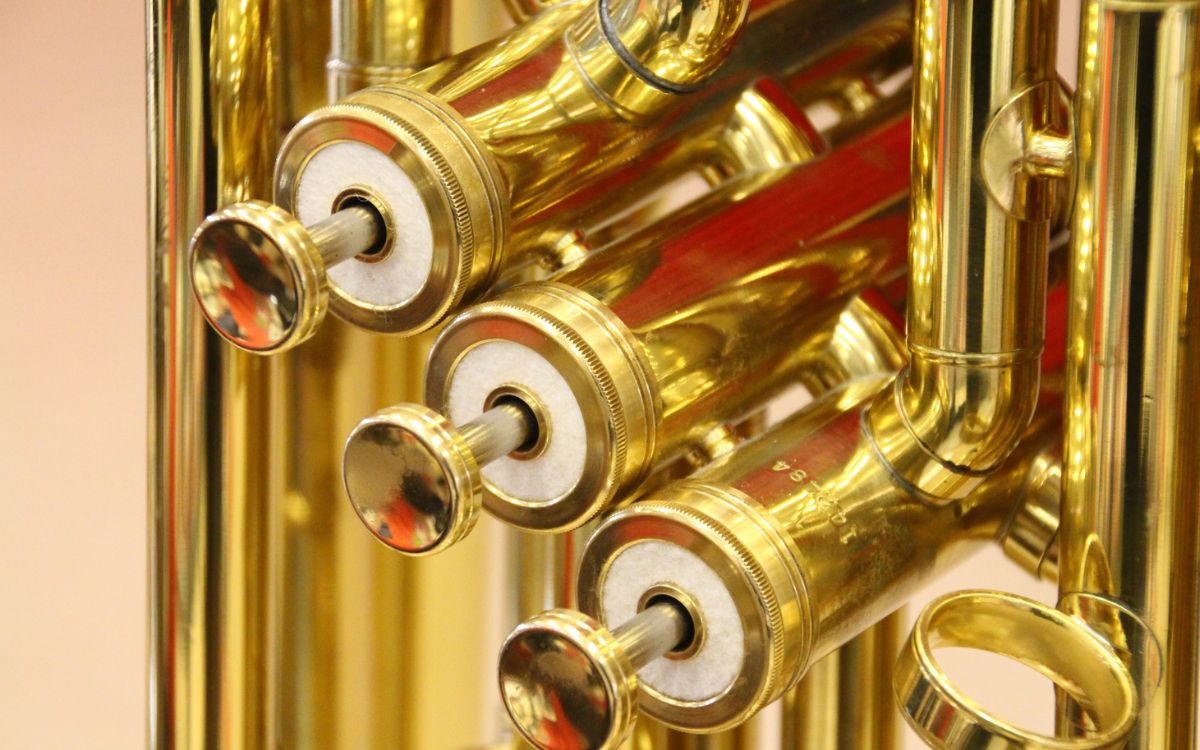

Brass Instruments
How Many Valves Do Most Brass Instruments Have
Modified: January 22, 2024
Discover the number of valves most brass instruments have and learn about their importance in producing different notes. Choose the perfect brass instrument for your musical journey.
(Many of the links in this article redirect to a specific reviewed product. Your purchase of these products through affiliate links helps to generate commission for AudioLover.com, at no extra cost. Learn more)
Table of Contents
Introduction
Brass instruments are not only visually striking but also capable of producing sonorous and captivating sounds. From the majestic sound of the trumpet to the deep resonance of the tuba, brass instruments have been an integral part of musical ensembles for centuries. One of the key features that define the unique sound and functionality of brass instruments is the number of valves they possess.
Valves play a crucial role in changing the pitch of the instrument. By pressing down on the valves, musicians can alter the length of the air column, resulting in different notes and tones. The number of valves a brass instrument possesses can vary, with each valve providing additional pitch options and expanding the range of the instrument. In this article, we will explore the number of valves commonly found in popular brass instruments, including the trumpet, French horn, trombone, euphonium, and tuba.
Understanding the number of valves in these instruments can not only deepen our appreciation for their craftsmanship but also shed light on the technical proficiency required to master them. So, let’s dive into the world of brass instruments and discover the fascinating role that valves play in shaping their musical expression.
Valves in Brass Instruments
Valves are an essential component of brass instruments, allowing musicians to manipulate the sound and pitch they produce. While some brass instruments are valveless, such as the trombone, others, like the trumpet, French horn, euphonium, and tuba, rely on valves to achieve different notes.
Valves in brass instruments work by redirecting the airflow through additional tubing, effectively extending the length of the instrument. This alteration in length results in changes in pitch, allowing players to perform a wider range of notes.
Brass instruments can have one, two, three, or four valves, each providing a different pitch alteration. The addition of valves allows players to access notes that may not be easily achievable or even possible without them, expanding the versatility and range of the instrument.
The design and construction of valves in brass instruments have evolved over time. Different types of valves, such as rotary valves and piston valves, are used to achieve the desired pitch changes. Each type of valve has its unique mechanism and characteristics, contributing to the distinct sound and playing experience of the instrument.
The number of valves present in a brass instrument also influences its physical size and shape. Instruments with more valves generally require more tubing, making them larger and sometimes more cumbersome to handle. However, the benefits of increased pitch options often outweigh the added size and weight, as they provide players with greater musical flexibility.
Now that we understand the importance of valves in brass instruments, let’s explore some of the most popular brass instruments and the number of valves they typically possess.
Trumpet
The trumpet is a well-known and versatile brass instrument that is commonly used in a variety of musical genres, including classical, jazz, and marching bands. It is a cylindrical instrument with a flared bell and a mouthpiece that players buzz into to produce sound.
Traditionally, trumpets have three valves that are operated by the fingers of the player. These valves are piston valves, which means they have a straight up-and-down motion when pressed down. By pressing different combinations of valves, the length of the tubing is altered, allowing the player to produce a wide range of notes.
Each valve adds a specific length of tubing to the instrument, resulting in the ability to play a series of notes within a harmonic series. By combining different valve combinations and utilizing the player’s embouchure techniques, the trumpet can produce scales, melodies, and even chromatic passages with great agility and expression.
However, it’s worth mentioning that there are variations of the trumpet, such as the piccolo trumpet, that may have additional valves. The piccolo trumpet is smaller in size and has a brighter sound. It typically has four valves, providing an extended range and more flexibility for the player to perform challenging repertoire.
Overall, the trumpet’s three valves allow experienced players to perform virtuosic passages, melodic lines, and expressive solos with ease. Its compact size and rich sound make it a beloved and prominent instrument in various musical settings.
French Horn
The French horn, beloved for its distinctive warm and rich tone, is a brass instrument that is widely used in orchestras and chamber ensembles. It features a coiled tube with a flared bell and is played by buzzing the lips into a cup-shaped mouthpiece.
Unlike the trumpet, the French horn typically has four valves, although variations with three or even five valves exist. These valves are typically rotary valves, which means they rotate when activated, redirecting the airflow through additional tubing.
Each valve on the French horn has a different length of tubing connected to it. When the player presses down a valve, the length of the air column in the instrument changes, allowing for a wider range of notes. By combining different valve combinations and adjusting the embouchure, players can produce an extensive range of pitches and create expressive melodies.
The use of rotary valves in the French horn allows for a more seamless and fluid transition between notes. This is particularly beneficial when playing legato passages and intricate melodic lines that require smooth transitions without pauses or breaks in sound.
The additional valves on the French horn also offer a greater range. With the ability to play both lower and higher notes, the French horn brings a diverse tonal palette to the orchestra. Its versatility allows it to take on lyrical and melodic roles as well as provide a strong foundation in the brass section.
Overall, the French horn’s unique sound, combined with its four rotary valves, provides a wide range of expressive possibilities for the player. Its graceful and versatile nature makes it an indispensable part of orchestral and chamber music repertoire.
Trombone
The trombone is a brass instrument renowned for its distinctive slide mechanism, which allows players to change the pitch by extending or shortening the length of the tube. It has a large conical bore and a flared bell that produces a deep and rich sound.
Unlike other brass instruments, the trombone does not have valves. Instead, it utilizes a slide that moves back and forth to alter the length of the tubing. By extending the slide outward, the player lowers the pitch, while retracting it raises the pitch.
The slide mechanism gives the trombone a unique advantage in terms of flexibility and expressiveness. Players have precise control over the pitch, allowing for smooth glissandos, subtle microtonal adjustments, and accurate intonation. This makes the trombone highly versatile in various musical genres, from orchestral and jazz to marching bands and chamber music.
While the absence of valves may limit the trombone’s range compared to instruments with valves, skilled trombonists can still perform a remarkable range of notes using embouchure changes, slide position adjustments, and alternate slide positions.
Additionally, the trombone family includes variations such as the alto trombone and the bass trombone. These variations may have additional tubing or trigger mechanisms to extend the instrument’s range and enhance its versatility.
Overall, the slide mechanism of the trombone enables players to create a distinctive and expressive sound, making it an essential component of many musical ensembles. Its unparalleled ability to shape notes and produce glissandos contributes to its iconic status in the world of brass instruments.
Euphonium
The euphonium is a brass instrument that is often described as a “miniature tuba” due to its similar shape and sound. It has a conical bore and a wide bell, offering a warm and mellow tone that is both expressive and rich in harmonics.
Typically, the euphonium has four piston valves that are operated using the player’s fingers. These valves allow for precise pitch changes and extend the instrument’s range. Each valve, when pressed, adds a specific length of tubing, enabling the player to produce a wide variety of tones.
The euphonium is known for its lyrical and melodic capabilities. It is often featured in brass bands, wind ensembles, and orchestras, where it provides both harmonic support and captivating solos. Its versatility allows it to blend seamlessly with other instruments while maintaining a distinct voice in the brass section.
The four valves of the euphonium, combined with the performer’s ability to control the embouchure and air flow, allow for smooth glissandos, technical passages, and expressive phrasing. The instrument’s wide range and ability to produce rich, resonant tones make it a popular choice for solo performances and chamber music settings.
It’s worth noting that there are variations of the euphonium, such as the baritone horn or tenor tuba, which may have different numbers of valves and slightly varying characteristics. However, the fundamental design and purpose of these instruments remain consistent with the euphonium.
Overall, the euphonium’s four piston valves contribute to its melodious and expressive nature. Its ability to produce a wide range of pitches and its distinctive timbre make it a beloved instrument in both classical and contemporary music.
Tuba
The tuba is the largest and lowest-pitched instrument in the brass family. It has a wide, conical bore and a large, upright bell that produces a deep and resonant sound. The tuba serves as the foundation of the brass section in various musical ensembles, including orchestras, concert bands, and brass bands.
Traditionally, the tuba has four piston valves that are operated using the player’s fingers. These valves allow for precise pitch changes and extend the instrument’s range. By pressing different combinations of valves, the player can produce a vast array of notes with great accuracy and control.
The tuba’s four valves, combined with the player’s skillful manipulation of embouchure and air support, enable the instrument to cover a wide pitch spectrum. From the booming low notes to the expressive high register, the tuba adds depth, richness, and power to any musical composition.
While the standard tuba design features four valves, variations exist with either three or five valves. The addition of an extra valve provides players with the ability to reach even lower notes or extend the upper range. These variations allow tubists to perform a broader range of repertoire and tackle more challenging musical passages.
The tuba’s large size and weight may present challenges in terms of portability and physical handling. However, its commanding presence and ability to anchor the low end of the harmonic structure make it an essential instrument in any ensemble that requires a solid bass foundation.
Overall, the tuba’s four valves, combined with its sonorous and powerful sound, make it a crucial component of the brass section. Its versatility allows it to serve as a melodic instrument, a harmonic foundation, and a driving force in conveying emotion and depth in music.
Conclusion
Brass instruments, with their captivating sound and unique characteristics, have a long-standing history in the world of music. The number of valves in these instruments plays a significant role in their function and versatility.
From the trumpet’s three valves to the French horn’s four, the trombone’s slide, the euphonium’s four piston valves, to the tuba’s four valves or more, each instrument offers a different range of pitches and expressive capabilities. These valves allow musicians to manipulate the length of the tubing, resulting in a wide variety of notes and tones.
Whether it’s the brilliant and agile sound of the trumpet, the warm and lyrical voice of the French horn, the sliding melodies of the trombone, the versatile and expressive nature of the euphonium, or the commanding presence of the tuba, each brass instrument is unique in its own right.
While the number of valves in a brass instrument influences its range and capabilities, it is ultimately the skill and artistry of the musician that brings these instruments to life. The mastery of embouchure, technique, and musical interpretation are what truly showcase the full potential of brass instruments.
So, whether you’re a player, a music enthusiast, or simply curious about the world of brass instruments, we hope this article has provided you with valuable insights into the significance of valves and their role in shaping the musical expression of trumpets, French horns, trombones, euphoniums, and tubas.
Next time you listen to a brass ensemble or enjoy a symphony concert, take a moment to appreciate the intricate mechanisms and skilled artistry that go into creating the captivating sound of these exceptional instruments with their valves.

